AI red teaming is a targeted evaluation process that tests how AI systems respond to adversarial inputs, misuse scenarios, and edge cases. It’s designed to uncover hidden risks in how models behave, especially when pushed beyond normal use.
As AI becomes central to industries like finance, healthcare, and SaaS, the attack surface is expanding. According to Gartner, 40% of AI-related data breaches by 2027 will stem from generative AI misuse. This shift has made model-specific testing a growing priority for engineering, security, and compliance teams.
AI red teaming helps address these concerns by simulating real-world misuse and probing for weaknesses. It gives teams deeper insight into how their models handle risk, helping them build safer, more reliable AI systems that are ready for production and regulation.
tl;dr: AI red teaming tests how models behave under misuse, adversarial prompts, and edge cases, going beyond traditional testing. It helps uncover risks like prompt injection, data leakage, hallucinations, and safety bypasses in LLM-powered tools. AppSecure delivers manual-first AI red teaming with real-world threat simulation, domain-specific testing, and actionable reports tailored for teams building safe, reliable AI systems.
What makes AI red teaming important?
Given the growing risks and the limitations of traditional testing, it’s important to understand what makes AI red teaming such a critical step in securing modern systems:
- Uncovers high-risk misuse scenarios
AI red teaming exposes how models behave under adversarial prompts, jailbreak attempts, or malicious chaining. By mimicking real-world attacks, it reveals vulnerabilities that could lead to data leakage, unauthorized actions, or policy violations.
- Identifies failure in complex edge cases
Standard tests often miss rare or ambiguous scenarios. Red teaming surfaces breakdowns in reasoning, unexpected behavior, and logic flaws that only appear under nuanced or long-tail prompts, making it essential for high-assurance applications.
- Validates guardrails and content safety mechanisms
Safety filters and prompt-level defenses can be bypassed with creative input manipulation. Red teaming stress-tests these controls to measure their effectiveness against modern evasion techniques like prompt obfuscation and multi-step injection.
- Surfaces ethical risks and bias
Biases, hallucinated facts, or offensive outputs can go unnoticed in typical QA. Red teaming helps teams proactively detect and address these issues before they reach end users, reducing reputational and legal risks.
- Strengthens readiness for audits and regulation
Red teaming insights support internal risk documentation and align with regulatory frameworks like the EU AI Act and NIST AI RMF. It demonstrates due diligence in identifying and mitigating AI-specific risks during audits or certifications.
Common threats in AI and LLM systems
Besides understanding AI red teaming’s importance, it's key to know the common threats in AI and LLM systems. Here are some of the main ones:
- Prompt injection and jailbreaks
These attacks exploit the model’s contextual understanding by embedding malicious instructions into prompts, either directly or via indirect input manipulation. Threat actors use this to override safety protocols, access restricted functionality, or elicit inappropriate responses.
In multi-user environments or AI agents, such injections can even result in lateral prompt manipulation, where one user’s input influences another's session.
- Data leakage
LLMs trained on large-scale datasets may unintentionally memorize and output sensitive content such as personally identifiable information (PII), internal documents, or source code.
This risk is especially high in fine-tuned models using proprietary data. Without robust differential privacy techniques or prompt auditing, attackers can extract training artifacts by crafting repeatable queries or using membership inference attacks.
- Toxic or biased outputs
AI models reflect the biases present in their training data. Without bias mitigation and testing pipelines, they can amplify harmful stereotypes or produce offensive content under seemingly benign inputs.
This not only impacts user trust but can lead to regulatory violations, especially in industries bound by fairness mandates like finance or healthcare.
- Misinformation and hallucination risks
Hallucinations occur when a model generates confident yet incorrect information. In enterprise applications, such as legal research, financial analysis, or customer service, this can lead to misinformed decisions.
These issues are harder to detect when outputs are syntactically fluent but semantically false, making red teaming essential to identify failure modes under varied inputs.
- Model abuse through adversarial inputs
Attackers can craft adversarial inputs, subtly modified text or tokens, that exploit model weaknesses to manipulate outcomes.
For example, by altering spacing, Unicode characters, or syntax, an attacker may force misclassification, bypass toxicity detection, or alter summarization output. These techniques bypass typical filters and require proactive fuzzing and red teaming to uncover.
- Insecure plugin ecosystems
Many LLMs integrate with external services via plugins (e.g., code execution, database access). If not sandboxed or authenticated properly, these plugins can become vectors for command injection, data exfiltration, or privilege escalation.
How AI red teaming differs from traditional red teaming
AI red teaming and traditional red teaming both aim to uncover risks, but they focus on different targets and measure success in different ways. Here’s a breakdown of how the two approaches compare:
| Category | Traditional red teaming | AI red teaming |
|---|---|---|
| Main focus | Breaking into systems like networks or apps. | Testing how AI models respond to risky or unusual inputs. |
| Type of attacker simulated | Hackers or insiders trying to steal data or gain access. | Regular users, developers, or systems triggering bad model behavior. |
| Goal of the test | Find security holes to get access or control. | See if the model can be tricked into giving wrong, unsafe, or biased outputs. |
| Common techniques used | Phishing, malware, exploiting bugs. | Prompt injection, adversarial inputs, chaining prompts. |
| Signs of a successful attack | Access granted, data stolen, system compromised. | Guardrails bypassed, unsafe replies generated, hallucinations triggered. |
| What’s being evaluated | Firewalls, login systems, and user permissions. | Safety filters, model alignment, and behavior under edge cases. |
| Tools often used | Penetration testing tools like Metasploit or Kali Linux. | Custom prompt libraries, LLM fuzzers, adversarial input generators. |
The AI red teaming process: What it involves?
Let’s look at what a typical red teaming engagement for AI systems actually involves:
- Scoping based on model type
The red teaming process begins with identifying the kind of AI system under evaluation, whether it's a large language model (LLM), computer vision model, speech recognition system, or a multi-modal architecture.
The model’s architecture, API endpoints, fine-tuning methods, and deployment context determine the depth and focus of the red teaming engagement. For example, LLMs are more susceptible to prompt injection, while vision systems face risks like adversarial pixel perturbations or object misclassification.
- Use-case mapping
This step involves aligning the red teaming objectives with the specific tasks the model performs in production. A customer support chatbot, legal summarization tool, or financial co-pilot each introduces unique risks and failure modes.
The team identifies high-impact functions, regulatory exposure, and decision-critical areas where model behavior needs to be most reliable and safe. This mapping ensures that the test scenarios reflect real user interactions and domain-specific edge cases.
- Threat modeling and scenario design
In this phase, red teamers perform threat modeling tailored to the AI system. This includes identifying potential adversaries (e.g., end-users, malicious API clients, integrated systems), attack surfaces (e.g., prompt input, plugin calls, fine-tuning data), and realistic abuse scenarios.
The result is a set of targeted test cases simulating prompt chaining, jailbreak attempts, prompt obfuscation, and alignment evasion, crafted with awareness of the model’s structure and known weaknesses.
- Crafting adversarial prompts and abuse cases
Here, the team designs adversarial prompts that push the model into unsafe, biased, or misaligned outputs. This could involve input injection, subtle language perturbations, prompt collisions, or token-level manipulations.
Techniques may include Unicode variations, invisible characters, or embedding hostile instructions inside seemingly benign queries. The prompts are iteratively refined to explore where the model’s content filters or instruction-following abilities break down.
- Testing system guardrails and misalignment
With adversarial prompts in hand, the model is tested against its deployed safety layers, content filters, moderation APIs, prompt classifiers, and output restrictions.
This stage evaluates the model’s robustness in resisting jailbreaks or harmful responses, and surfaces alignment failures, such as refusal to follow safety policies under social engineering or indirect attacks. It’s also where evasion methods like recursive prompting or context poisoning are tested.
- Documenting model responses, failures, and bias
All outputs are documented in a structured manner, capturing not only the direct model responses but also metadata such as temperature settings, context window size, and model version.
Failures are categorized by severity (e.g., safety-critical, reputational, ethical), type (e.g., hallucination, bias, leakage), and reproducibility. The team may also run batch evaluations to statistically surface bias against protected groups or detect hidden memorization artifacts.
- Reporting and impact analysis
Finally, the findings are consolidated into a detailed report with clear examples, risk ratings, and reproducibility instructions.
The impact analysis maps vulnerabilities to real-world harm, such as legal risk, user trust erosion, or non-compliance with regulations like GDPR or the EU AI Act.
It also includes remediation suggestions, ranging from retraining and fine-tuning to prompt hardening and architectural changes and guidance for future monitoring or re-testing cycles.
When should organizations consider AI red teaming?
AI red teaming assessment services are especially important when systems are expected to handle sensitive tasks, operate in regulated environments, or interact directly with end users.
Here are the key situations where a red teaming assessment should be prioritized:
- Before launching LLM-powered features or bots
Any time a large language model (LLM) is exposed to real users, through chatbots, virtual assistants, or embedded co-pilot features, it becomes a potential target for misuse.
Before deployment, red teaming helps test the model’s resilience against adversarial prompts, jailbreak attempts, and context manipulation.
This includes validating prompt safety mechanisms, system message isolation, and content filtering performance under edge-case interactions.
- During security evaluations of third-party AI APIs
Organizations often rely on external AI providers for tasks like summarization, translation, or code generation.
Red teaming these APIs allows teams to assess behavior under controlled adversarial input, uncover model leakage (e.g., returning memorized training data), or detect downstream risks such as improper content moderation or response inconsistency.
This is especially critical when the AI is handling proprietary or sensitive data via API calls.
- When using AI in regulated sectors
Sectors like healthcare, finance, insurance, and legal are governed by strict data protection and decision accountability standards.
AI red teaming in these contexts validates whether the system can handle regulatory-sensitive queries without producing biased, discriminatory, or hallucinated content.
It also helps assess compliance with frameworks like HIPAA, GDPR, or the EU AI Act, and ensures fallback mechanisms are reliable when failures occur.
- As part of responsible AI programs or compliance audits
Red teaming is becoming a core part of Responsible AI practices. It supports internal risk assessments by systematically probing model alignment, fairness, and robustness.
During audits, findings from red teaming exercises help demonstrate due diligence, traceability, and adherence to standards like ISO/IEC 42001, NIST AI RMF, or industry-specific compliance checklists.
It also assists in measuring mitigation efficacy over time.
- After incidents involving unsafe or problematic outputs
If an AI system has already generated harmful, biased, or misleading outputs, whether in testing or production, red teaming can serve as a forensic analysis tool. It identifies the underlying failure mode, whether it’s prompt vulnerability, model misalignment, or a breakdown in safety filters.
The insights help design stronger mitigation strategies and guide model fine-tuning, retraining, or system redesign.
AppSecure’s approach to AI red teaming
Choosing the right partner for AI red teaming is important, especially as such systems become more complex and exposed to real-world misuse. That’s where AppSecure comes in.
Here’s how we approach AI red teaming to uncover critical vulnerabilities before they become serious issues.
- Manual-first, creativity-driven testing
At AppSecure, we prioritize human-led adversarial testing instead of relying solely on automated tools. Our security experts design and iterate complex prompts and misuse scenarios to mimic real-world attacks.
This manual focus helps identify subtle model failures, like filter bypass or misalignment, that automated methods often miss.
- Testing for prompt injection, data exposure, and guardrail bypass
Our red teaming methodology includes systematic testing for common AI vulnerabilities. We launch controlled prompt injection attacks, probe for model data leakage, and challenge safety filters through obfuscated or chained inputs.
These tests are designed based on realistic adversarial patterns and are fully reproducible for remediation.
- Tailored threat models by industry and use case
Every engagement is customized to your business domain, whether finance, healthcare, legal, or SaaS and mapped to applicable regulations (e.g., HIPAA, GDPR, NIST).
This ensures our red teaming focuses on the most relevant risks, such as hallucinated financial advice or clinical misinformation.
- Collaboration with engineering teams for mitigation
Our red team partners directly with your ML and engineering teams, sharing reproducible attack vectors and supporting triage in real time.
This collaborative workflow accelerates the deployment of fixes and validates patches through re-testing, closing the feedback loop between offense and defense.
- Clear, risk-prioritized reporting with business impact
We deliver comprehensive reports categorizing issues by technical severity and business impact, covering risks like data breaches, compliance failures, and reputational harm.
Each finding comes with clear remediation steps, enabling product, security, and compliance teams to prioritize actions and demonstrate due diligence.
The future of AI red teaming: What’s coming next?
As AI systems continue to evolve, so does the practice of red teaming them. What began as a niche, research-driven effort is quickly becoming a formal part of enterprise risk management. In the near future, AI red teaming will be shaped by four key trends.
- Emergence of industry frameworks and benchmarks
Standardized methodologies for AI red teaming are beginning to take shape. Initiatives like MITRE’s ATLAS and the AI Risk Management Framework from NIST are helping define threat categories, test formats, and reporting norms.
These frameworks will drive consistency and comparability across different organizations and industries.
- Growing regulatory focus on AI safety
Regulatory bodies around the world are prioritizing AI safety. The EU AI Act, U.S. executive orders, and global standards initiatives are putting pressure on companies to demonstrate proactive risk assessments.
Red teaming will play a central role in audit readiness and risk disclosures.
- Alignment with ethics, governance, and compliance
AI red teaming is increasingly overlapping with broader Responsible AI efforts. Beyond just technical failures, red teams now help uncover ethical concerns, like bias, discrimination, and misinformation, which tie directly into governance and compliance programs.
- Integration with DevSecOps and CI/CD pipelines
As AI adoption scales, organizations will need to embed red teaming into their development lifecycle. That means integrating adversarial testing into CI/CD workflows, enabling continuous risk discovery alongside model updates and feature deployments.
Why AI red teaming matters now more than ever
AI red teaming isn’t just about testing systems anymore, it’s about understanding how your models can go wrong, be misused, or fail in ways that traditional tools can’t catch. As AI becomes a bigger part of products and decision-making, testing how it behaves under real-world pressure is more important than ever.
At AppSecure, we help teams uncover these risks before they cause harm. Whether you're about to launch an AI feature, use third-party LLMs, or need to meet compliance standards, our team can guide you with targeted, responsible red teaming.
Want to get started? Reach out to AppSecure to plan an AI red teaming engagement that fits your goals and protects your business from emerging threats.
FAQs
- What is red teaming for AI systems, and how is it different from traditional red teaming?
Red teaming for AI systems tests model behavior under adversarial input, unlike traditional red teaming, which targets infrastructure, networks, or applications for security vulnerabilities.
- What kinds of risks can red teaming uncover in AI systems?
AI red teaming uncovers risks like prompt injection, data leakage, hallucinations, biased outputs, and safety filter bypasses caused by manipulated or unexpected model inputs.
- Why do teams building LLM-based tools need red teaming for their AI models?
Teams using LLMs need red teaming to ensure models don’t behave unpredictably, generate unsafe responses, or violate compliance when exposed to real-world user input.
- How often should AI systems undergo red teaming?
AI models should be red teamed before launches, after major updates, and on a regular basis to detect emerging vulnerabilities and ensure ongoing system reliability.
- Does AppSecure offer red teaming services for AI and ML systems?
Yes. AppSecure provides red teaming focused on AI and ML systems to uncover misuse risks, unsafe behaviors, and vulnerabilities in real-world model interactions.

Ankit Pahuja is a B2B SaaS marketing expert with deep specialization in cybersecurity. He makes complex topics like EDR, XDR, MDR, and Cloud Security accessible and discoverable through strategic content and smart distribution. A frequent contributor to industry blogs and panels, Ankit is known for turning technical depth into clear, actionable insights. Outside of work, he explores emerging security trends and mentors aspiring marketers in the cybersecurity space.


.png)
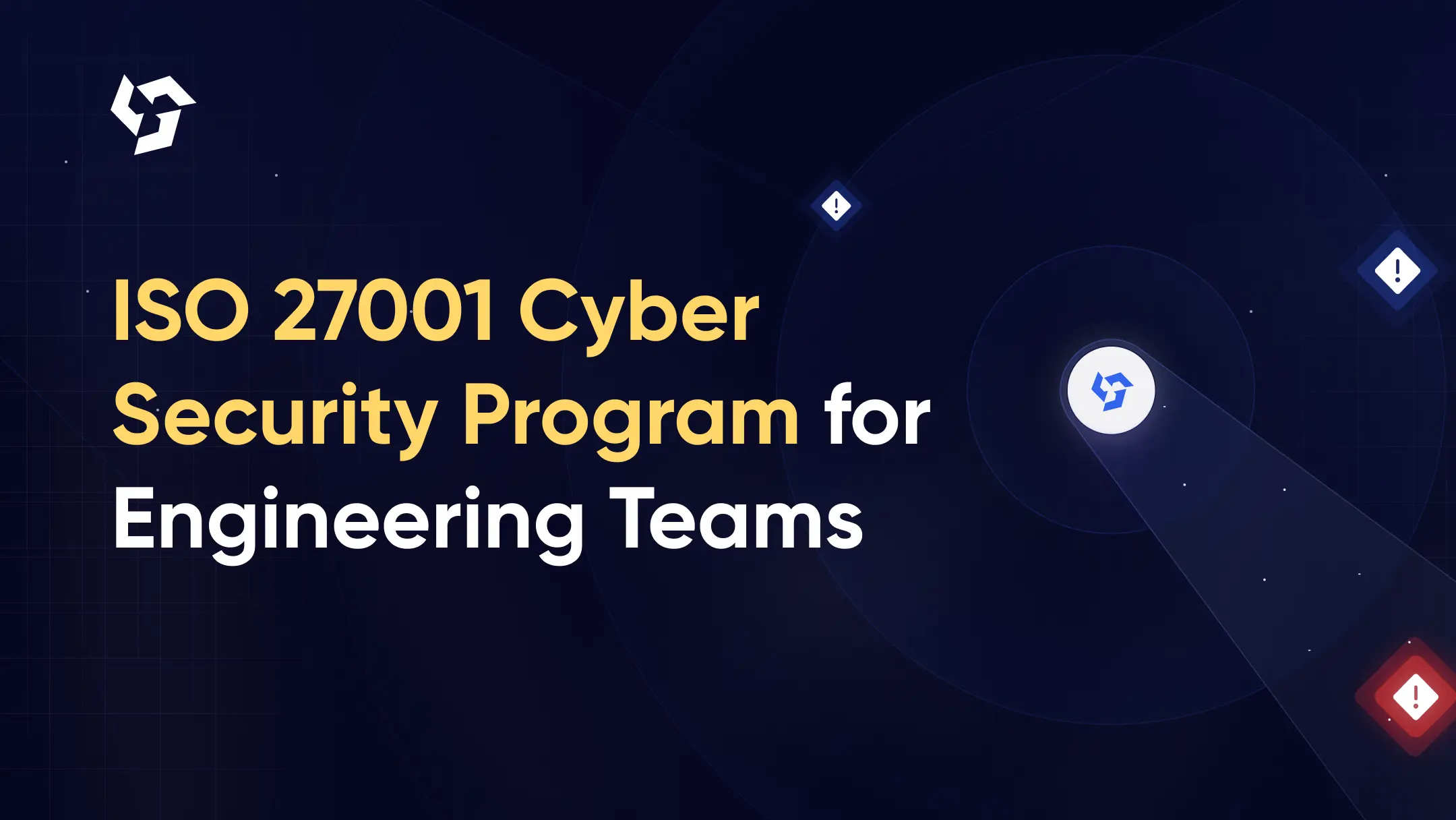
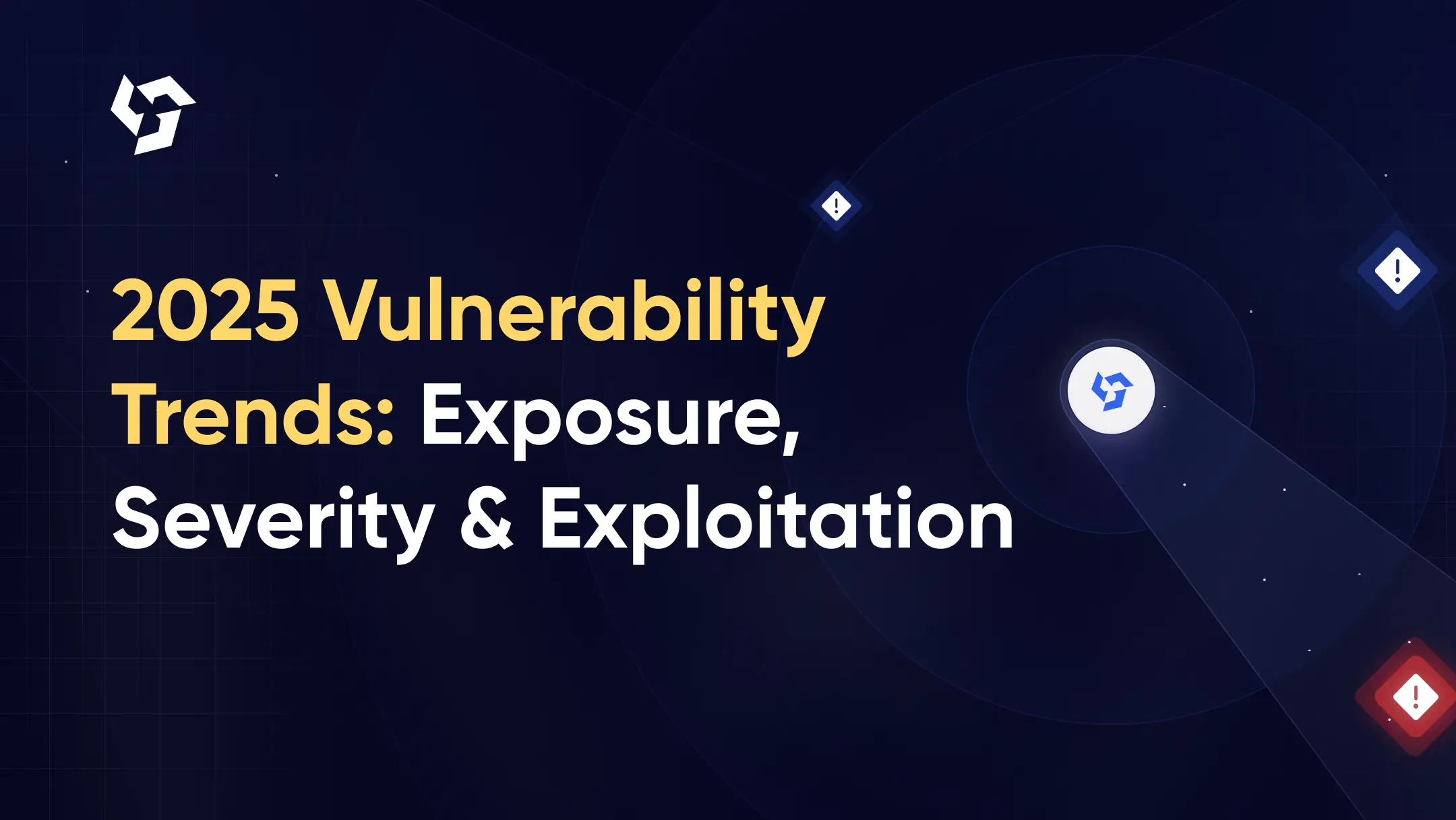










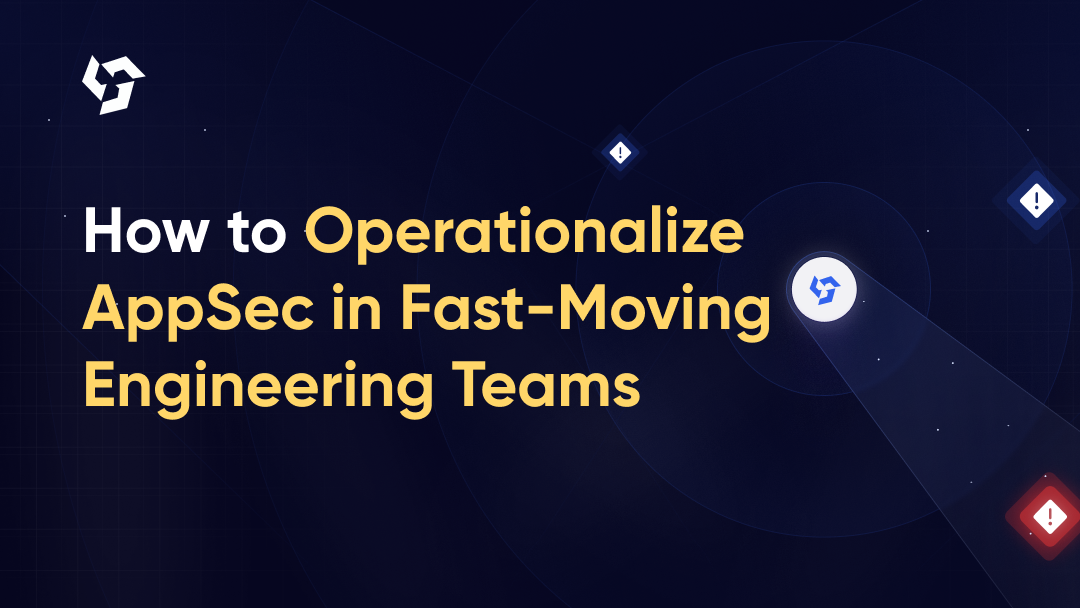








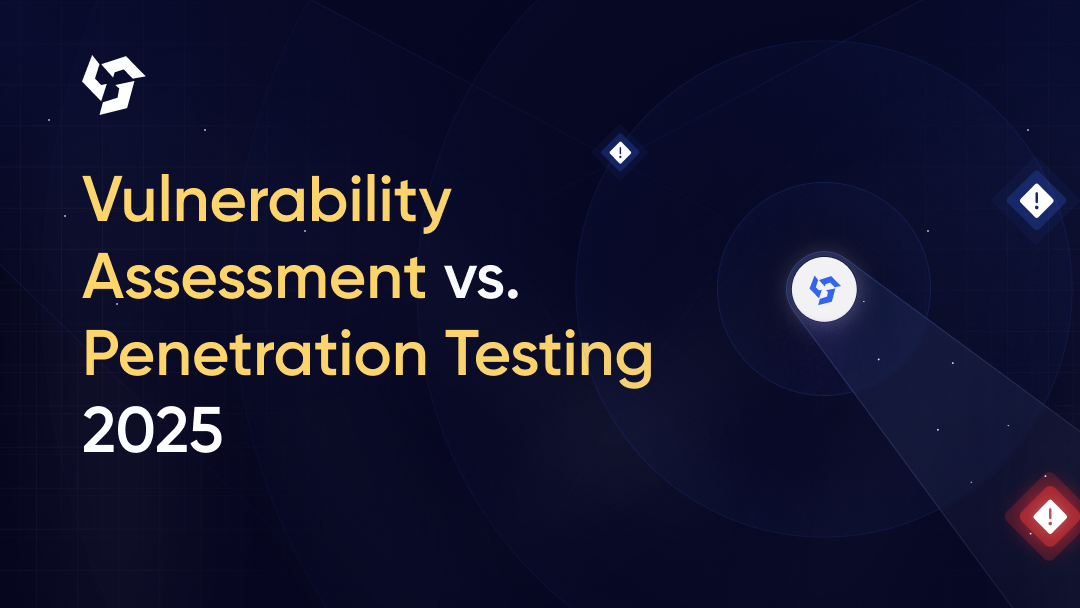




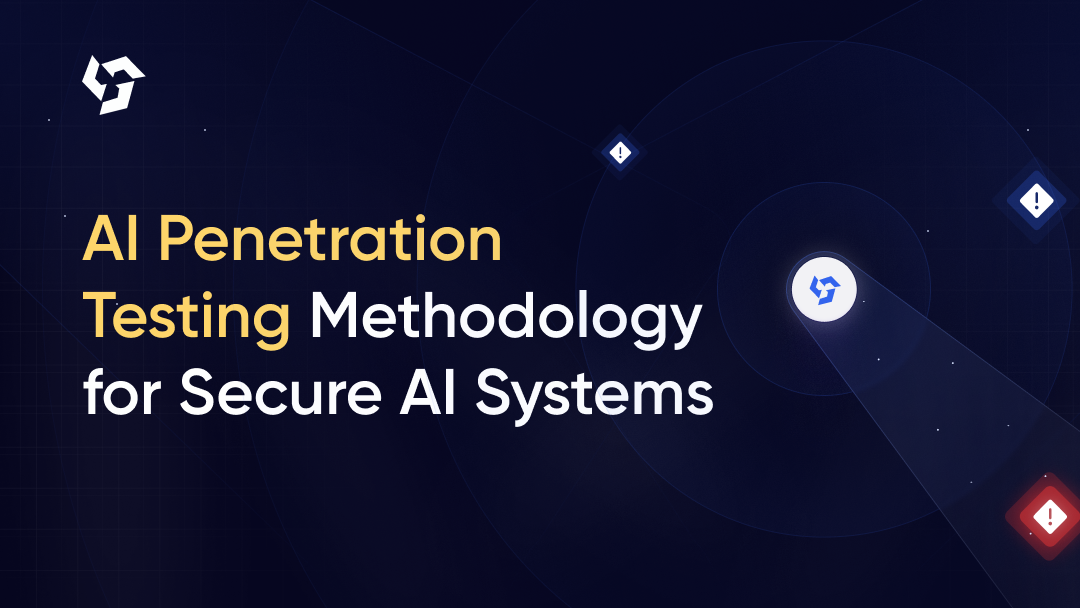


.png)
.png)
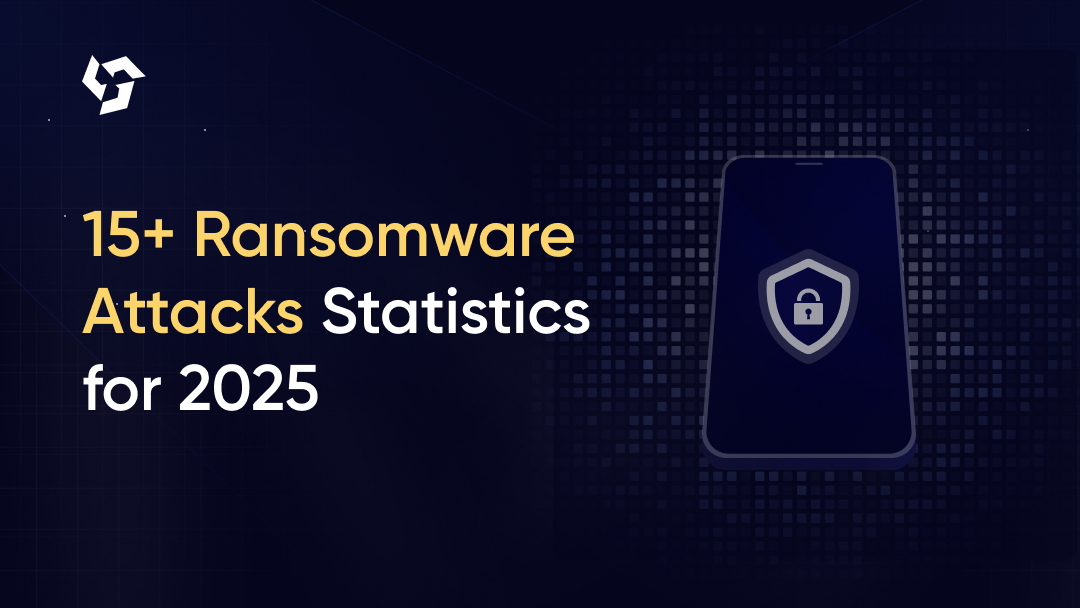
.png)
.png)
.png)
.png)
.png)
.png)

.png)
.png)



.png)


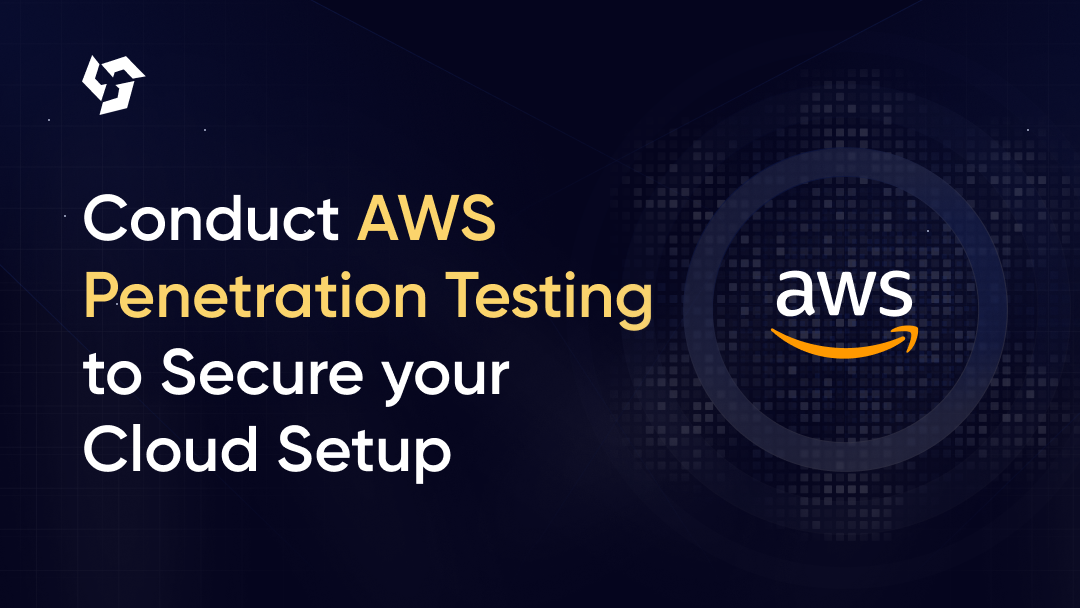

.png)
.png)
.png)

.png)
.png)
.png)

.png)
.png)
.png)
.png)
.png)

.png)









.webp)





.webp)


.webp)

.webp)



.webp)
.webp)
.webp)
.webp)









.webp)
